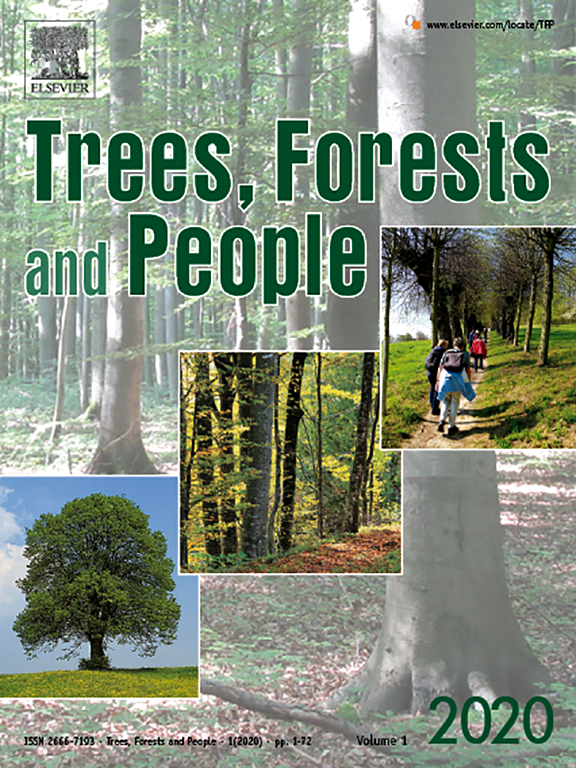Understanding the spatial distribution and habitat utilization by animals play a significant role in wildlifeconservation and habitat management for the benefits of both animals and communities living close toprotected areas. This study was conducted to identify the distribution and habitat use of Crocodilusniloticus in Tekeze River Dam through qualitative and quantitative surveys based on diurnal survey,semi-structured questionnaire and geographic information system (GIS) spatial analysis methods. TheTekeze River Dam representing the study area was divided into seven stratified river stratum. All spatialdata were recorded and analyzed using ArcGIS 10 software. The distribution revealed that C. niloticuswere registered along the main river stretch and its tributaries. Majority of C. niloticus prefer riverbanks, shallow water depth and rocky ground to perform their activity patterns. Along the 71.2 km² ofthe study area delineated for habitat preferences, 9.78 km2 was the highly suitable habitat while 4.63km2 was the least suitable. The influence on communal resources, fishery activities and irrigationpractice at small-scale on river banks and increment of water level due to flooding of the Tekeze RiverDam were among the primary causes of disturbances induced by human to C. niloticus distribution andits habitats. The perception of most respondents to the conservation of this specie was notencouraging although their presence in the river was important in keeping the ecological balance of theecosystem. It is therefore suggested that the success of conservation programs and habitatsmanagement should focus on educating the local community to raise awareness and change theirattitudes towards promoting conservation development initiatives of C. niloticus in the area.
DOI:
https://doi.org/10.5897/IJBC2017.1119
Altmetric score:
Dimensions Citation Count:
























